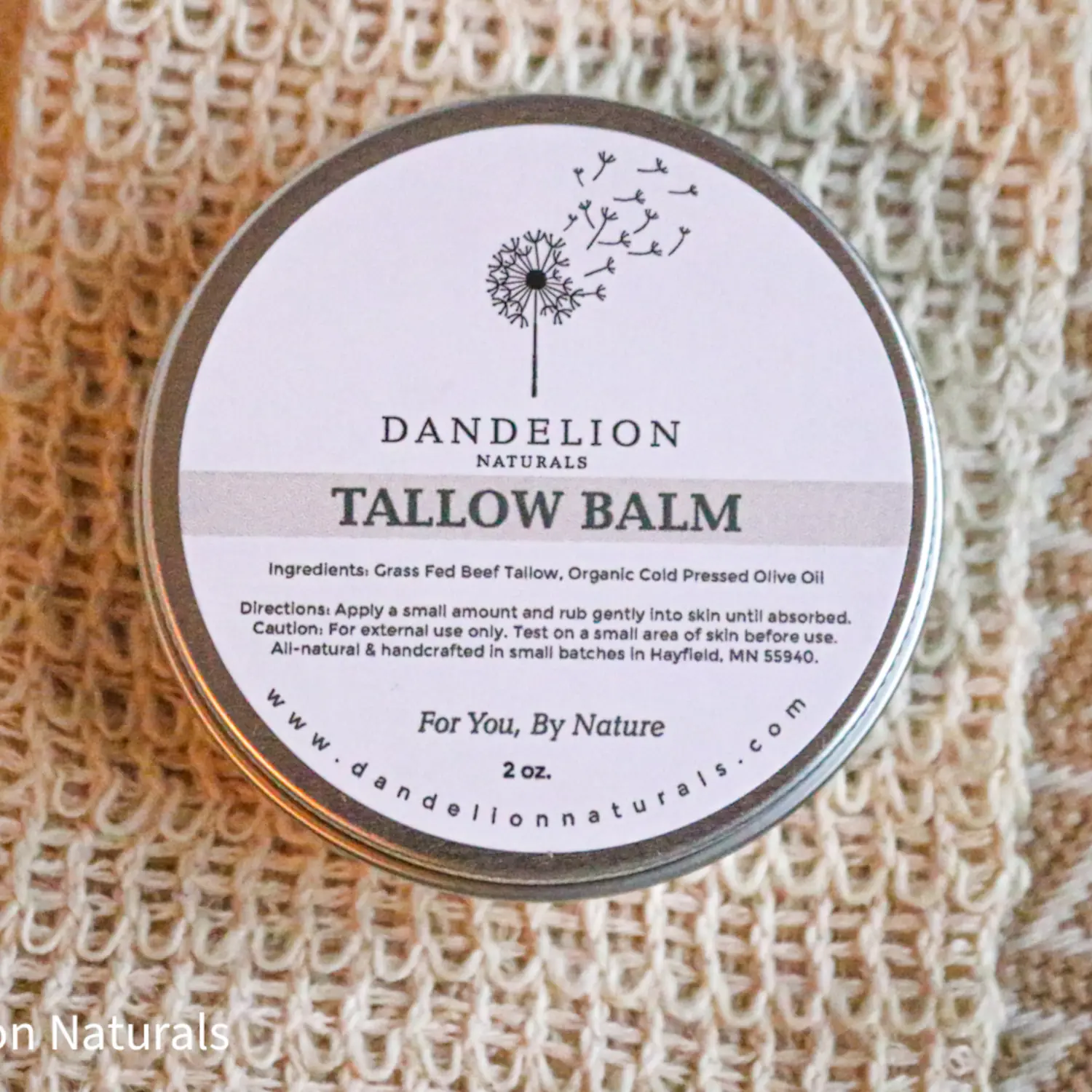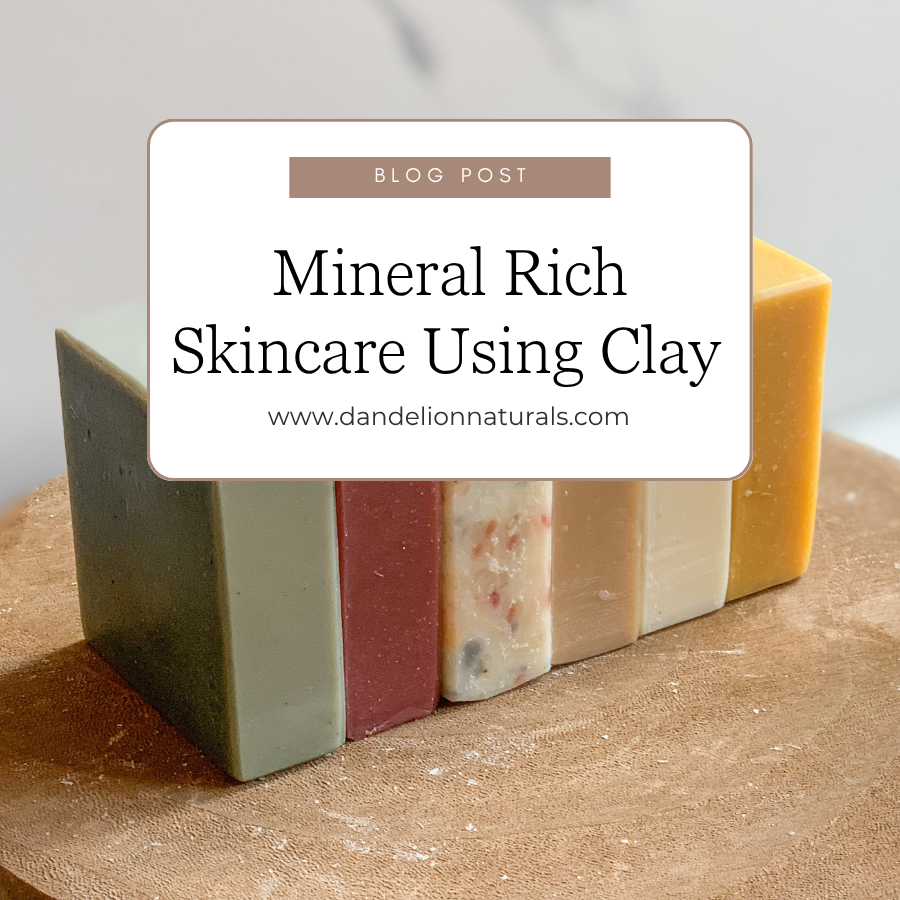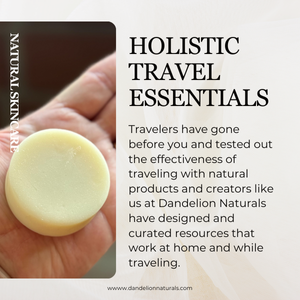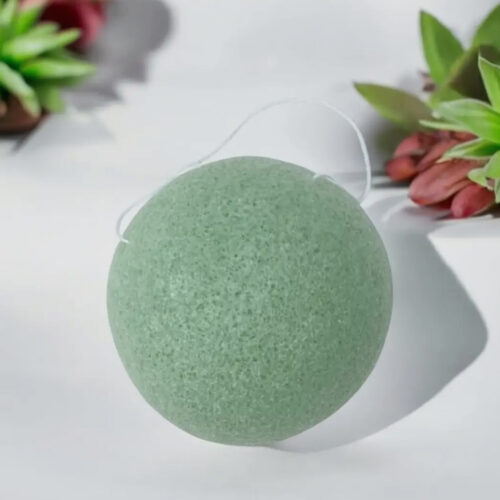If you are under the age of seventy years old then you have been living in the age of plastics, known as the Plasticene age. Why, because plastics have become so prevalent in multiple different industries. While plastic comes with the benefit of being less costly to produce and thus it is a relatively unmonitored and unscientifically studied industry. Because of that, there are some things that need to be considered.
What is plastic made of?
Plastics are derived from petroleum and generally have multiple chemicals added to them to make them function in different ways or to improve their longevity. The Endocrine Society shares that: “Conservative estimates point to more than a thousand manufactured chemicals in use today that are EDCs (Endocrine disrupting chemicals). Known EDCs that leach from plastics and threaten health include bisphenol A and related chemicals, flame retardants, phthalates, per- and polyfluoroalkyl substances (PFAS), dioxins, UV-stabilizers, and toxic metals such as lead and cadmium. Plastic-containing EDCs are used extensively in packaging, construction, flooring, food production and packaging, cookware, health care, children’s toys, leisure goods, furniture, home electronics, textiles, automobiles and cosmetics. One hundred and forty-four chemicals or chemical groups known to be hazardous to human health are actively used in plastics for functions varying from antimicrobial activity to colorants, flame retardants, solvents, UV-stabilizers, and plasticizers” (1) It isn’t just what plastics are made of that is concerning but also how they are impacting us.
The big deal about using plastic products is that
It has become very apparent that the chemical BPA is something that should be avoided due to its effects on human health. But what does that mean? Research suggests that all plastics may leach chemicals if they’re scratched or heated. Breast Cancer.org shares that: “Research also strongly suggests that at certain exposure levels, some of the chemicals in these products (plastics), such as bisphenol A (BPA), may cause cancer in people. BPA is a weak synthetic estrogen found in many rigid plastic products, food and formula can linings, dental sealants, and on the shiny side of paper cashier receipts (to stabilize the ink).” (2) “EDCs are chemicals that disturb the body’s hormone systems and can cause cancer, diabetes, reproductive disorders, and neurological impairments of developing fetuses and children.” (3) You may think that you have avoided plastics and their chemicals or that they aren’t hurting you. But consider this: “EDC exposure is a universal problem. Testing of human samples consistently shows nearly all people have EDCs in their bodies.” (4) This is not just related to BPA but all plastics and the chemicals used. Research shows that: “plastic products readily leach many more chemicals than previously known, some of which are toxic in vitro. This highlights that humans are exposed to many more plastic chemicals than currently considered in public health science and policies.” (5)
Women and babies aren’t the only ones who should be concerned about plastics but men should be too: “The male reproductive tract is particularly sensitive to phthalate exposure. However, most reproductive effects are not exerted by phthalate diesters themselves, but by their monoester metabolites, which are formed in the liver.” (6)
Furthermore: “Phthalates can leach out of products because they are not chemically bound to the plastic matrix, and they have attracted particular attention because of their high production volumes and wide usage. Phthalates and BPA are detectable in aquatic environments, in dust, and, because of their volatility, in air. Exposures through ingestion, inhalation, and dermal contact are all considered important routes of exposure for the general population.” (7)
The effects of plastics and the chemicals used to make them are pretty evident but it doesn’t end there.
Effects of plastic on nature
“Plastics are ubiquitous in agriculture. Macroplastics are used as protective wraps around mulch and fodder. They cover greenhouses and shield crops from the elements. They are used in irrigation tubes, sacks, and bottles — and intentionally added microplastics are even used as coatings on fertilizers, pesticides and seeds.
But over time, macroplastics slowly break down into microplastics of shards less than 5mm long – and seep into the soil. These microplastics can change the physical structure of earth and limit its capacity to hold water. That can affect plants by reducing root growth and nutrient uptake. Chemical additives in plastics that leach into the soil can also impact food value chains and lead to health implications.”(8) These microplastics are not just limited to the food industry but can be found in different sizes and concentrations in the environments of marine water, freshwater, atmosphere, and drinking water, biota, and other remote locations.” (9)
A little bit more about plastic
Polyester is made from plastic and if you consider that plastic is derived from petroleum you could say that when you wear polyester clothes you are wearing petroleum plus some other chemicals. And yes, polyester also sheds microplastics. This includes the microfiber products that you may be using.
What could a solution look like:
Throwing away all the plastic grocery bags, polyester clothes, plastic containers and multitudes of other things that are made out of plastic is not the solution. Due to 1: “As of 2015, approximately 6300 Mt of plastic waste had been generated, around 9% of which had been recycled, 12% was incinerated, and 79% was accumulated in landfills or the natural environment. If current production and waste management trends continue, roughly 12,000 Mt of plastic waste will be in landfills or in the natural environment by 2050.”(10) And 2. Due to the fact that some plastics are only able to truly be disposed of by incineration. And that comes with the consequences of “potentially hazardous emissions from incinerating plastics include hydrogen chloride, dioxin, cadmium, and fine particulate matter. Even with stricter air pollution standards in place, there is considerable public opposition to incineration.” (11) Buying supposedly biodegradable plastics is not the solution either due to the fact that they still contain the same extra chemicals that impact the environment and human health.
Hopefully, you now see why Dandelion Naturals has chosen to be plastic-free. Our solution has been to stop buying all plastic products. And we use compostable products derived from nature. Such as plants e.g. trees and cotton.
Other ideas are:
- Buy a water filter that has been tested for removing many of the harmful chemicals and plastics. This could look like a whole house filter so that your bathing water is clean but it could also look like just a drinking water filter.
- An air filter that is rated for removing chemicals and VOC from the air.
- Purchase natural fiber clothes.
- When building or remodeling a house use real wood flooring.
- Use glass food storage containers.
- Use stainless steel water bottles and fill your water bottle at home with your filtered water.
- Buy organic to avoid some of the pesticide-associated plastics.
- Bring your own bags to the grocery store.
- Buy locally to avoid plastic packaging.
- Buy products that are sustainably packaged items, like we package our products.
Some of the products you may want to switch are:
- Your lip balm. Dandelion Naturals has 6 different scents that are scented with essential oils and one unscented.
2. Kid’s soap is often packaged in plastic bottles. We have 7 different adorable animal-shaped bar soaps that are unscented for kid’s delicate skin.
3. Most kitchen cleaning products are plastic or come in a plastic container but we offer a kitchen bundle that makes the switch sustainable and plastic-free. It includes:
1 Dandelion Naturals Solid Dish Soap Bar, 3.5 oz.
1 Bamboo Soap Dish – measures 3.7 x 3.7 inches
1 Bamboo and Palm Fibre Scrubber
1 Bamboo and Sisal Pot Brush
1 Bamboo Bottle Brush
It may seem impossible to avoid plastic and in some ways it is, but implementing the ideas listed above could positively impact you and your family’s health. And remove the ways that you may have been contributing to the 12,000-high mountain of plastics that is projected to be by 2050. You can also teach your children about these things so that they can better understand the ways that you are stewarding nature and how they can also be good stewards.
Resources:
https://www.endocrine.org/news-and-advocacy/news-room/2020/plastics-pose-threat-to-human-health (1) (3) (4)
https://www.breastcancer.org/risk/risk-factors/exposure-to-chemicals-in-plastic (2)
https://pubmed.ncbi.nlm.nih.gov/34488348/ (5)
https://www.ncbi.nlm.nih.gov/pmc/articles/PMC2873021/ (6) (7)
https://www.unep.org/news-and-stories/story/plastic-leaching-farmers-fields-alarming-rate-new-report (8)
https://www.ncbi.nlm.nih.gov/pmc/articles/PMC7068600/#B11-ijerph-17-01212 (9)













